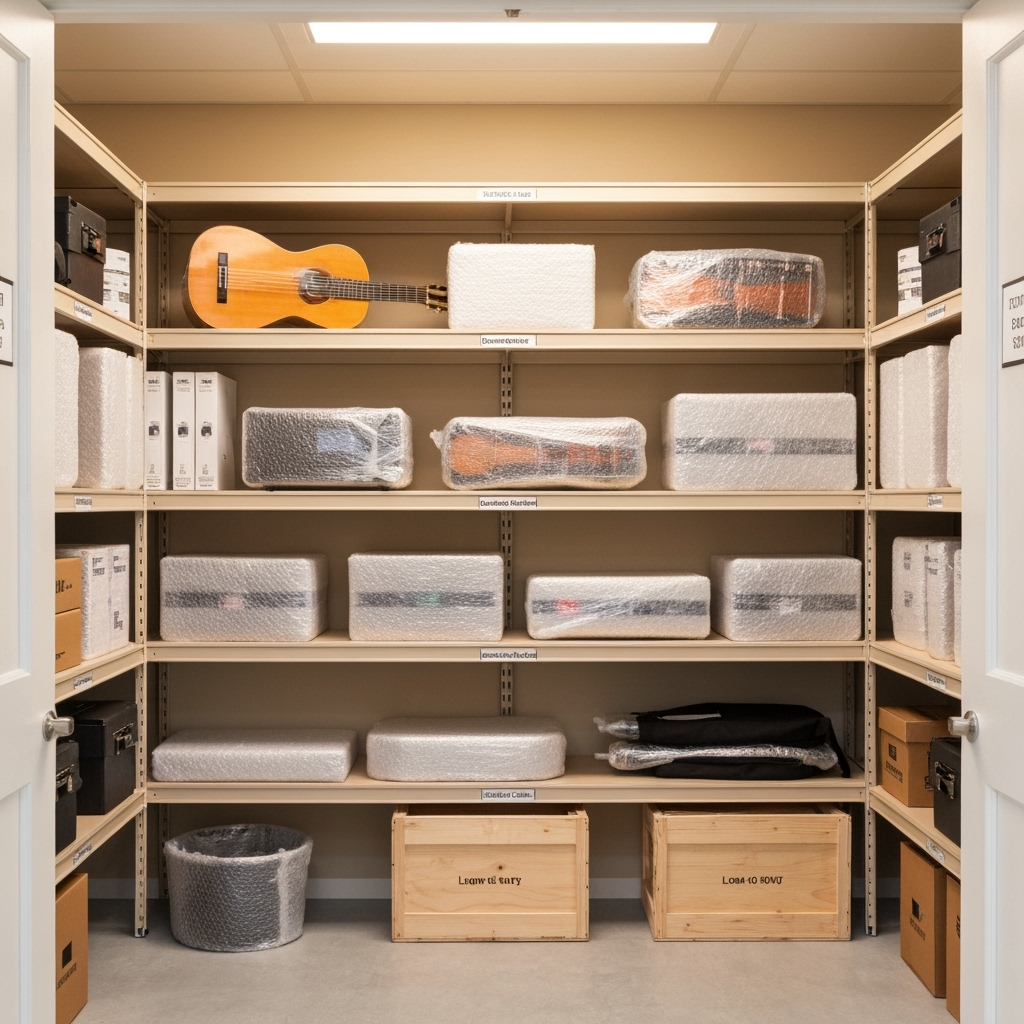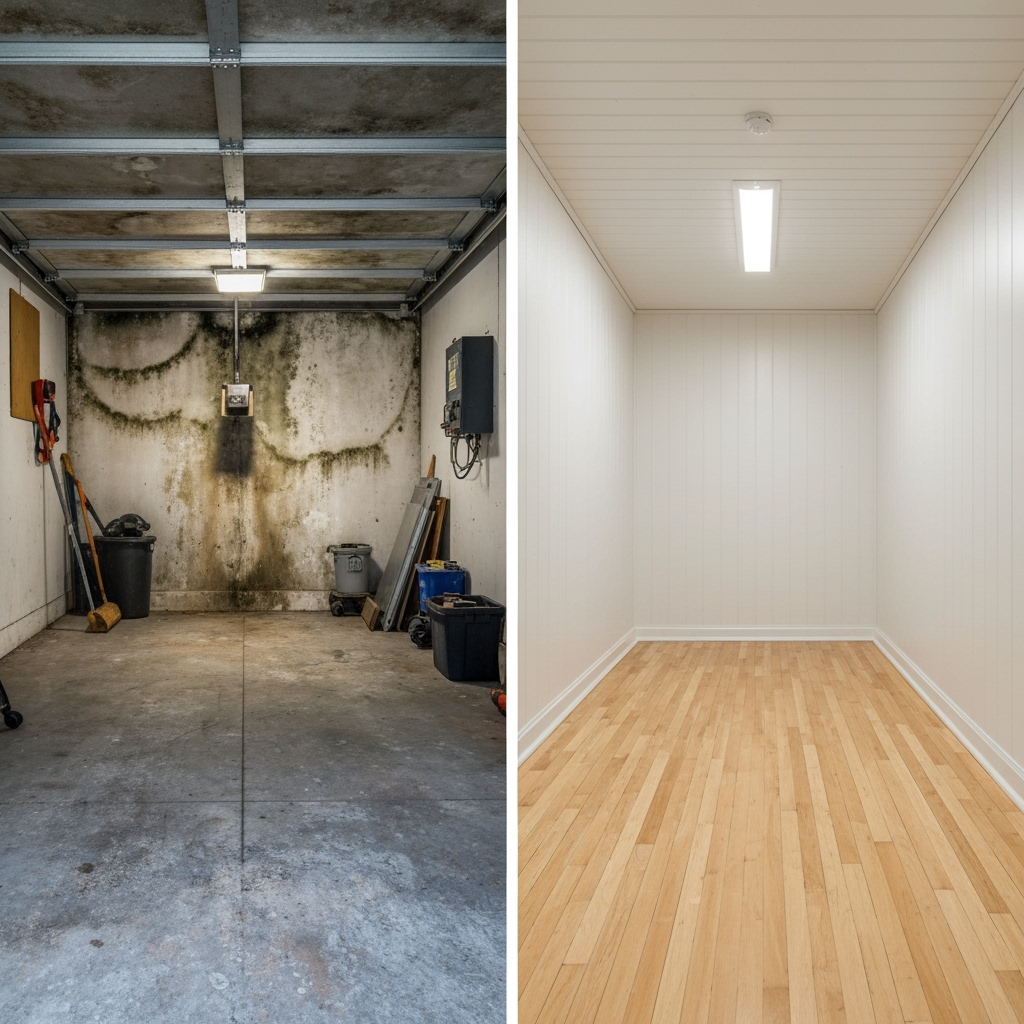Why Your Garage Might Not Be Enough: Understanding Climate-Controlled Storage

While garages are convenient for storing everyday items, they weren’t designed to protect temperature-sensitive belongings. Temperature fluctuations, humidity, and poor ventilation can damage valuable items over time. This guide will help you identify when climate-controlled storage is the smart choice for protecting your investments.
Signs Your Items Need Climate-Controlled Storage
Consider moving these commonly garage-stored items to climate-controlled units:
- Electronics and media equipment
- Musical instruments
- Wood furniture and antiques
- Power tools and precision equipment
- Important documents and photographs
- Wine collections
- Art supplies and finished pieces

The Hidden Costs of Garage Storage
Your garage’s temperature can fluctuate dramatically throughout the year, potentially causing:
- Warped wood and cracked finishes
- Rust and corrosion on tools
- Electronic component failure
- Mold and mildew growth
- Deterioration of paper and fabric
Benefits of Climate-Controlled Storage
Climate-controlled units maintain consistent temperature and humidity levels, offering:
- Protection from extreme temperature changes
- Humidity control to prevent moisture damage
- Better air quality through filtration
- Enhanced security features
- Peace of mind for valuable items
Cost vs. Value: Making the Smart Choice
While climate-controlled storage costs more than standard units, consider:
- The replacement cost of damaged items
- The sentimental value of irreplaceable pieces
- Long-term preservation of investments
- Reduced maintenance and repair needs
When to Make the Switch
Consider climate-controlled storage if you:
- Live in an area with extreme temperatures
- Plan to store items long-term
- Have valuable or sensitive equipment
- Notice moisture or temperature damage in your garage
- Want to protect family heirlooms
Tips for Transitioning to Climate-Controlled Storage
- Inventory your garage items
- Identify temperature-sensitive pieces
- Clean and prepare items for storage
- Use appropriate packing materials
- Label everything clearly
- Create a storage map for easy access
Making the Most of Your Climate-Controlled Unit
Maximize your investment with these best practices:
- Keep items elevated on pallets or shelves
- Use appropriate covers and containers
- Maintain organization systems
- Regular check-ins to monitor conditions
- Proper spacing for air circulation
Conclusion
While garages offer convenient storage, they’re not always the best choice for protecting valuable or sensitive items. Climate-controlled storage provides the optimal environment for preserving your investments and precious belongings. Consider the long-term benefits and peace of mind that come with professional storage solutions.










Leave a Reply